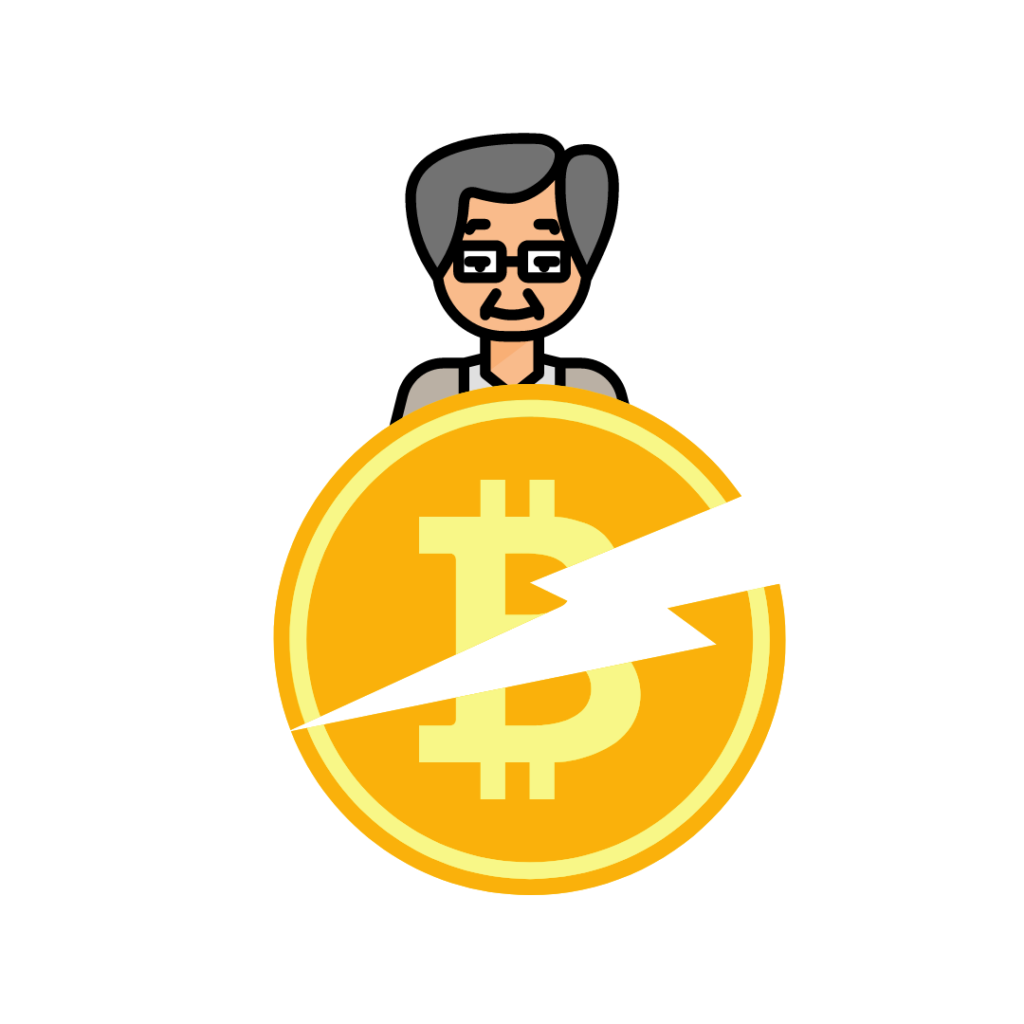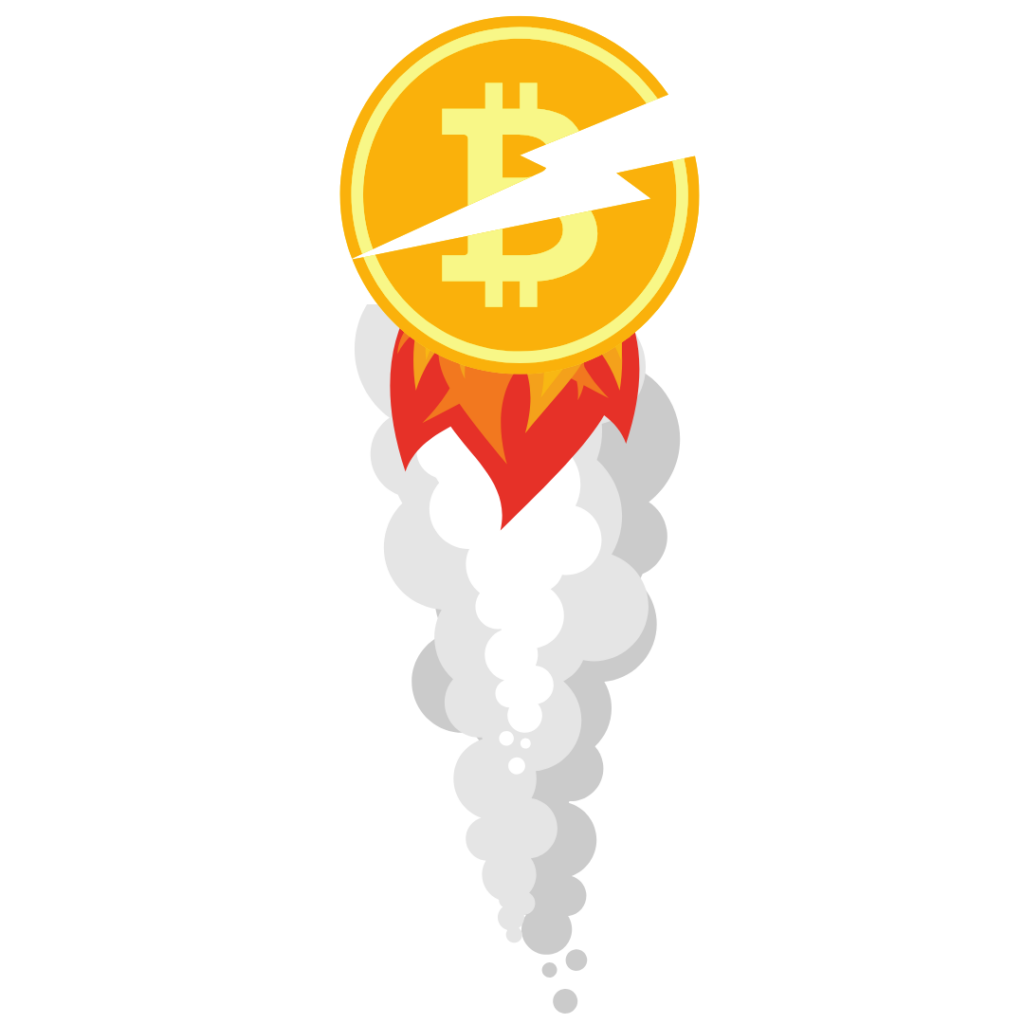Bitcoin Halving: When is the Next and Last Halving Event?
Bitcoin halving is an inbuilt feature in the Bitcoin network that reduces the rewards miners receive for adding new transactions to the blockchain by 50%. It occurs approximately every four years to control inflation and maintain scarcity, ultimately influencing Bitcoin’s supply and potentially its price.
In this guide, we will understand what Bitcoin halving is, why it’s important, its mechanics, history, and impact on Bitcoin prices and miners.
How Bitcoin Mining Works?
Bitcoin mining involves a decentralized network of computers called nodes, which validate and record transactions on the blockchain. This process of validating transactions using computing power is called proof-of-work, and the people running these computers are called miners.
Miners get rewarded with new bitcoins and transaction fees to solve complex mathematical problems using powerful computers to add transactions to the blockchain.
The process of mining serves two crucial purposes in the world of Bitcoin. First, it validates and secures transactions, ensuring the Bitcoin network remains trustworthy and tamper-proof. Second, it introduces new bitcoins into circulation, following a predetermined schedule set by Satoshi Nakamoto, the creator of Bitcoin.
But how does Bitcoin mining relate to Bitcoin halving?
Well, that brings us to the next section –
What is Bitcoin Halving?

Bitcoin’s creator, Satoshi Nakamoto, implemented the “block reward halving” feature to control inflation and mimic the scarcity of precious commodities like gold.
Approximately every four years, or after every 210,000 blocks mined (which takes roughly four years), the blockchain reduces the block reward by 50%. This means miners receive half the reward for adding a new block to the blockchain.
The halving events significantly reduce the rate at which new bitcoins are created. This decreasing supply growth is a crucial factor contributing to Bitcoin’s perceived store of value and its potential to act as “digital gold.”
Why is it Important?
Unlike traditional fiat currencies, where central banks can print new money at will, Bitcoin adheres to a fixed and predictable supply schedule. This characteristic makes it a deflationary asset akin to digital gold.
By moderating the rate at which new bitcoins are created, halvings control the influx of new coins into circulation. This slowing supply growth contributes to Bitcoin’s long-term value, as scarcity tends to fuel demand and, therefore, price.
The History of Bitcoin Halving
When Bitcoin was first created in 2009, miners received a reward of 50 bitcoins (BTC) for every block they successfully mined. Since then, Bitcoin has undergone three significant halving events:
- After the first halving on November 28, 2012, the reward dropped from 50 BTC to 25 BTC per block.
- After the second halving on July 9, 2016, it dropped to 12.5 BTC per block.
- The third halving on May 11, 2020, reduced it to 6.25 BTC per block.
The next Bitcoin halving event will occur at block 840,000, which is estimated to take place on April 26, 2024. Check out Binance’s countdown that shows the number of days, hours, minutes, and seconds left to the next halving event.
How Does Bitcoin Halving Affect Bitcoin Prices?

Bitcoin halving events have had a significant impact on its price in the past. While past performances are not an accurate indicator of future results, they still help us identify patterns and trends. This allows us to predict the future implications better.
Here is a general overview of how these halving events have affected Bitcoin prices in the past.
First Halving (November 2012): The first Bitcoin halving reduced the block reward from 50 BTC to 25 BTC per block. In the months leading up to and following this event, Bitcoin’s price experienced a significant rally. The price went from around $12 per BTC in November 2012 to approximately $1,100 per BTC by December 2013.
Second Halving (July 2016): The second halving reduced the block reward from 25 BTC to 12.5 BTC per block. This event also coincided with a notable increase in Bitcoin’s price. It went from roughly $650 per BTC in July 2016 to nearly $20,000 per BTC by December 2017. This was a particularly dramatic increase compared to the previous high, marking Bitcoin’s entrance into mainstream consciousness.
Third Halving (May 2020): The third halving event reduced the block reward from 12.5 BTC to 6.25 BTC per block. While there was some anticipation and upward movement in the months leading up to the halving, the price rally was less dramatic as opposed to previous events. However, in the following year, Bitcoin’s price saw a significant increase, reaching new all-time highs in late 2020 and early 2021, eventually surpassing $60,000 per BTC.
Remember, Bitcoin prices can go up or down due to various factors, such as market sentiment, adoption trends, regulatory developments, macroeconomic factors, and technological advancements. Halving events are just one piece of the puzzle.
Instead, view these events as catalysts that draw attention to Bitcoin’s scarcity and store of value narrative. This increased attention can, in turn, lead to higher demand and, potentially, higher prices.
How Does Bitcoin Halving Affect Bitcoin Mining?
Bitcoin mining becomes less profitable for miners when the block reward is halved. This change forces some less efficient miners to shut down their operations if they can’t cover their costs. However, the reduced supply can also increase the value of the bitcoins miners earn, potentially balancing out the lower block rewards.
After each halving event, the market has historically seen a temporary decline in Bitcoin’s hash rate, which measures the total computational power dedicated to mining Bitcoin. Yet, these drops in hash rates have always been temporary. Following these declines, both hash rates and mining profitability have increased, making mining a viable and competitive industry again.
As we look into the future, it’s worth noting that when the last Bitcoin is mined, expected around the year 2140 based on Bitcoin’s predetermined supply schedule, miners will continue to receive compensation for their work.
How?
Users who send Bitcoin transactions include a fee to encourage miners to process their transactions. These fees are paid in Bitcoin and will continue to serve as a reward for miners for processing and validating transactions, even after the last Bitcoin Halving event.
FAQ
Does Bitcoin price go up after halving?
The price of Bitcoin has historically shown a tendency to increase after halving events. However, past performances are not always a guarantee of future results. Bitcoin’s price is influenced by various factors, and while halving events can draw attention to its scarcity, they are just one element in the complex ecosystem affecting its price.
What happens to my Bitcoin during a halving?
Your existing Bitcoin holdings remain in your wallet and are not directly affected by a halving event. What changes is the rate at which new Bitcoins are created, which may have broader implications for the Bitcoin network and market dynamics.
Should you buy Bitcoin before or after halving?
Some investors buy Bitcoin before a halving event because they think the price might go up. This has happened before due to increased scarcity. But remember, it’s risky, and what happened before might not happen again.
Others prefer to wait until after a halving event to assess how the event has affected supply and demand dynamics. However, waiting might mean you miss out on any post-halving price surges.
Ultimately, the timing of buying Bitcoin before or after a halving event should align with your overall investment strategy and risk tolerance. It’s essential to make smart choices based on your own research and not just hope the price goes up because of the halving.
When in 2024 is the next Bitcoin halving?
The next Bitcoin halving event will occur at block 840,000, which is expected to take place on April 26, 2024.
What happens when the last Bitcoin is mined?
The last Bitcoin is expected to be mined around the year 2140, according to Bitcoin’s predetermined supply schedule. After this point, miners will continue to receive compensation for their work in the form of transaction fees.
These fees are paid by users who send Bitcoin transactions, providing an incentive for miners to process and validate these transactions, ensuring the security and sustainability of the network.
Do all cryptocurrencies have halving events like Bitcoin?
No, not all cryptocurrencies have halving events. Bitcoin’s halving mechanism is unique to its design and is not a feature of all cryptocurrencies.